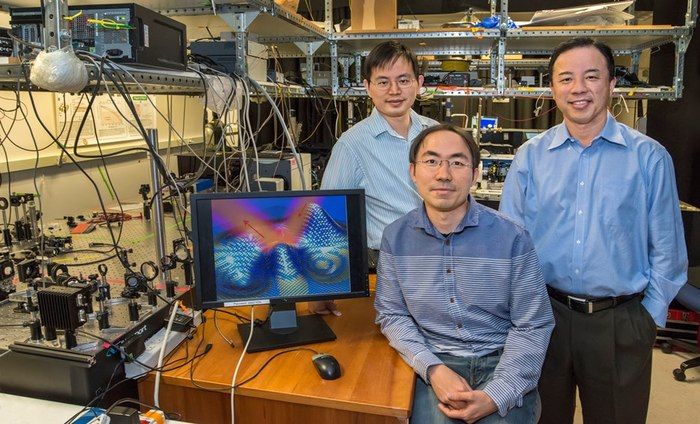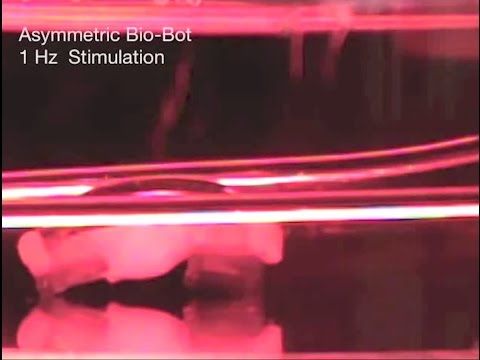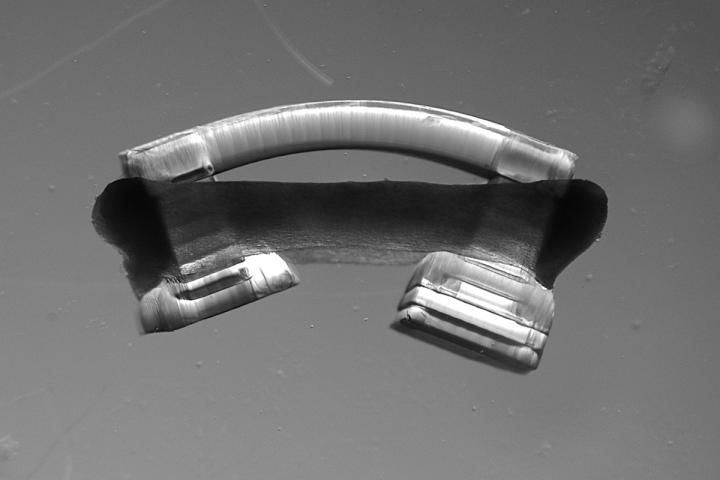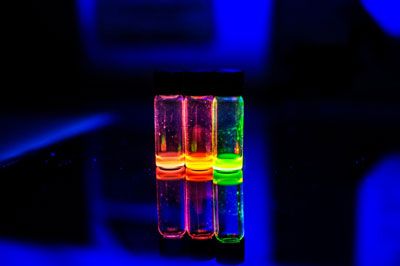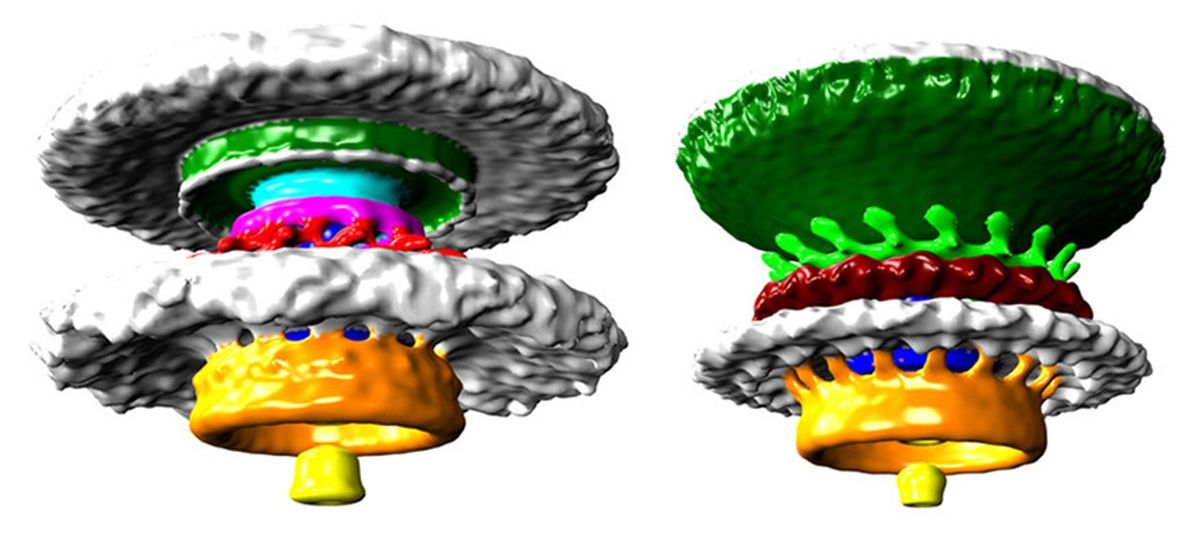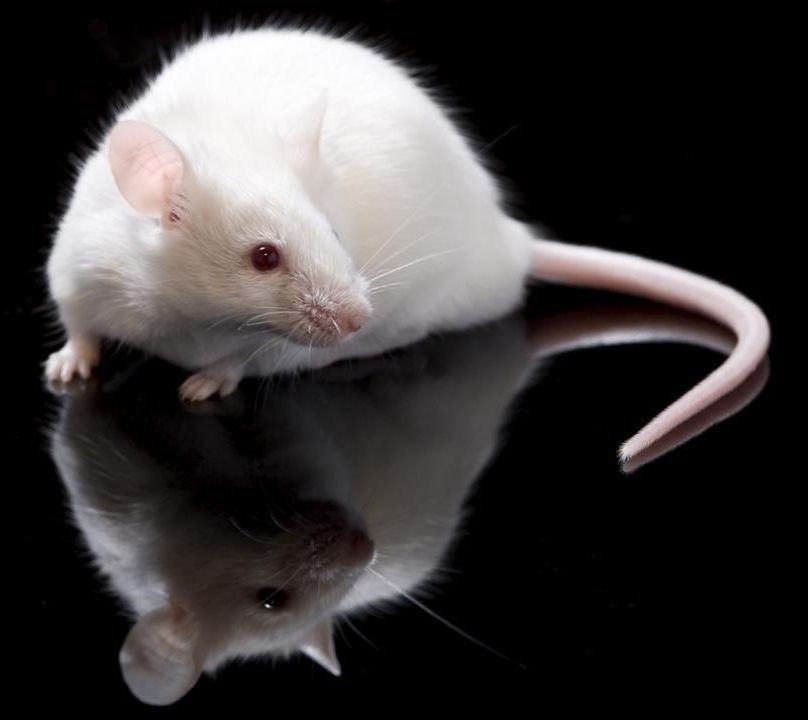Mar 14, 2016
Meta-Materials Bring Us Another Step Closer to an Invisibility Cloak
Posted by Karen Hurst in categories: computing, materials, quantum physics, security, transportation
Next to Quantum and Biocomputing, this is one of my favorites. Cloak material to avoid radar. Unfortunatley, we cannot have access to the material for our autos; but it would be nice to have on my car sometimes when I am running late and having to drive quickly somewhere.
Two separate teams of engineers, both conducting research into meta-materials (composites not found in nature) with the intent of developing a flexible, stretchable and tunable meta-skin, are sharing their discoveries with the world. Although the two developments revolve around the same premise—manipulating electromagnetic waves so that the surface that banquets an object becomes invisible—a few exciting differences between the teams’ approaches sets their research apart.
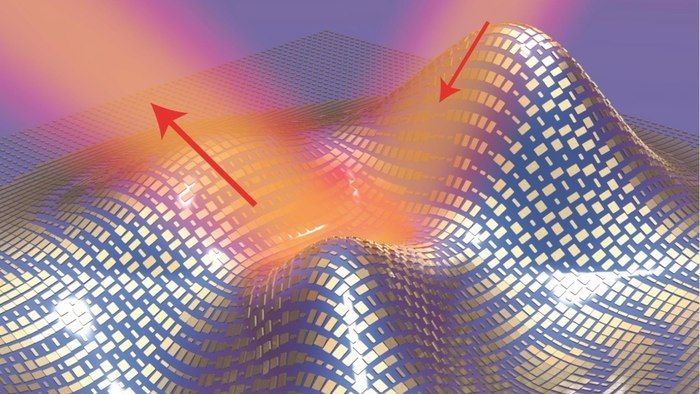
Continue reading “Meta-Materials Bring Us Another Step Closer to an Invisibility Cloak” »
